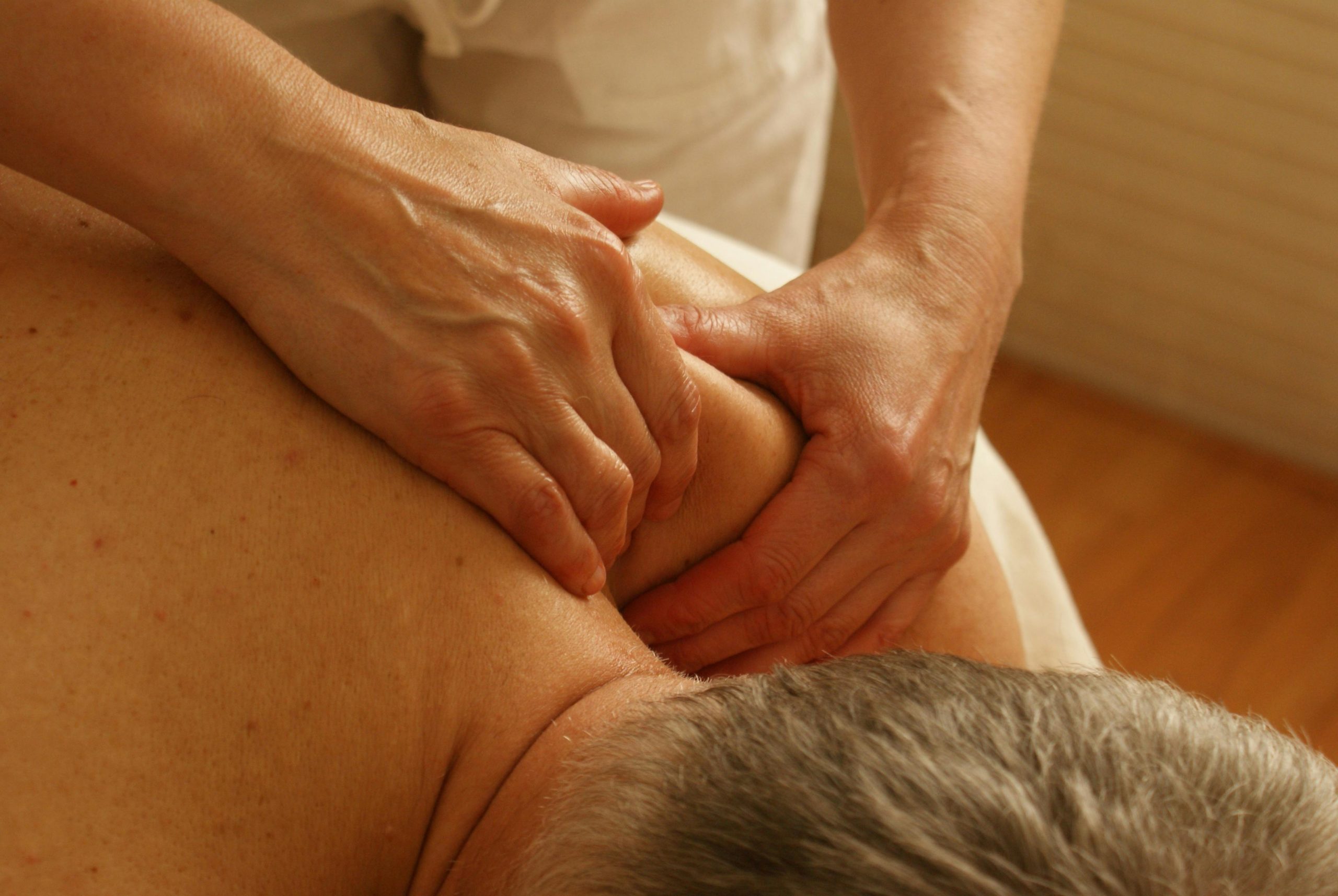Myofascial release therapy targets tight, painful areas in the body’s connective tissue to restore flexibility and ease discomfort. By applying gentle, sustained pressure to trigger points, it helps release tension and improve motion. Whether performed by professionals or through guided self-care, this approach offers a promising option for managing chronic muscle pain and enhancing overall mobility.
Understanding Myofascial Release Therapy
Myofascial release therapy is a gentle massage technique designed to target fascia, a web-like connective tissue supporting muscles, nerves, and organs. It focuses on releasing tension in trigger points—stiff areas that cause pain and restrict movement. This therapy aims to improve mobility and reduce discomfort by applying steady, direct pressure without oils or lotions.
Also to read : How Does Exposure to Different Cultures Through Travel Affect Mental Health and Creativity?
The scientific basis suggests that releasing fascial tightness alleviates pain and enhances circulation. While evidence varies, many users report feelings of relief and increased flexibility after sessions. The therapy is suitable for a broad range of conditions, including chronic pain, fibromyalgia, and sports injuries. You can view more details on this page : https://www.massage-acupuncture.com/en/myofascial-release-nice.
Techniques and Methods in Myofascial Release
Professional Techniques and Session Structure
Myofascial release therapy sessions start with identifying trigger points, which are localized muscle knots within fascial tissue responsible for pain and restricted movement. Using hands-on manual therapy, trained professionals apply gentle, steady pressure directly to these areas, gradually lengthening and relaxing muscle and fascia layers. Typical session structure includes assessing motion and pain, focusing on trigger point identification and treatment, and using tailored massage approaches to improve flexibility. Sessions last between 15 and 45 minutes, with a frequency recommended by the therapist. Patients managing chronic pain with manual therapy often benefit from integrating these sessions with physical exercise and long-term maintenance plans.
This might interest you : What Are the Cognitive Benefits of Learning a New Language for Elderly Adults?
Self-Application Methods and Home Techniques
Self-treatment methods for muscle tension empower individuals to manage symptoms at home. Foam rollers, massage sticks, and therapy balls are effective tools for fascia relaxation, specifically when following a step-by-step guide to muscle release exercises. Techniques for releasing muscle knots involve applying slow, consistent pressure over affected areas while practicing mindful breathing. Foam roller techniques for home therapy, such as rolling along the back or thighs, target common problem areas and support post-exercise muscle recovery.
Use of Tools and Equipment for Fascia Relaxation
Effective tools for fascia relaxation encompass foam rollers, therapy balls, and massage sticks. Each allows targeted pressure on muscle groups often affected by strain or repetitive activities. Regular use contributes to the benefits of regular muscle maintenance, including reduced inflammation, improved circulation, and relief from muscle knots. Safety precautions and possible side effects include starting with light pressure and avoiding direct use on joints or bones to prevent irritation or bruising.
Conditions Treated with Myofascial Release
Common Musculoskeletal Disorders Managed
Myofascial release therapy is recognized for its role in addressing chronic pain conditions and musculoskeletal disorders. By targeting fascia—the connective tissue supporting muscles and organs—this manual approach aims to reduce muscle knots and support mobility issues linked to tension, inflammation, or repetitive injury. Practitioners often use specialized techniques for releasing muscle knots within affected tissues, focusing on precise trigger point identification and treatment. Studies support its application for disorders such as fibromyalgia, TMJ disorder, and tension headaches, relying on step-by-step muscle release exercises and gentle pressure to promote flexibility and comfort.
Benefits for Athletes and Active Individuals
Athletes frequently experience muscle tension and soreness, challenging range of motion. Myofascial release therapy benefits athletic and active populations by enhancing recovery post-injury and optimizing performance. Managing chronic pain with manual therapy allows for earlier return to activity, better tissue resilience, and fewer post-exercise muscle recovery issues. Integration with flexibility routines—like stretching or yoga—further boosts outcomes by addressing fascial tightness through both professional and self-treatment methods for muscle tension.
Chronic Pain Management and Rehabilitation
For those managing long-term discomfort, myofascial release therapy offers a non-invasive means of pain management and rehabilitation. Consistent use of massage approaches to improve flexibility and self-guided routines—such as foam roller techniques for home therapy—help patients reduce stiffness, supporting rehabilitation after surgery or injury. Understanding fascia and muscle tissue dynamics is essential for selecting effective tools for fascia relaxation and designing targeted therapies.
Risks, Effectiveness, and Finding Certified Practitioners
Myofascial release therapy carries minimal risks when performed by a qualified provider but is not suitable for everyone. Contraindications include open wounds, fractures, severe osteoporosis, bleeding disorders, and certain infections. Individuals with these conditions should avoid therapy to prevent complications. Safety precautions ensure that each session is tailored, reducing the chance of side effects such as temporary soreness or rare muscle weakness.
Scientific research on myofascial release shows moderate support. While various studies suggest pain reduction and improved range of motion, efficacy data is limited by varied methodology and therapist technique. Healthcare professionals recommend combining myofascial release therapy with physician-approved treatment plans for chronic pain, including fibromyalgia and postural imbalances.
When finding certified therapists nearby, confirm credentials, experience in myofascial release techniques, and familiarity with patient-specific needs. Ask about practitioner training, certification, and session structure. Choosing a knowledgeable therapist increases safety and the likelihood of positive outcomes for issues like managing chronic pain with manual therapy or addressing muscle knots.
Lastly, for those interested in self-care, following a step-by-step guide to muscle release exercises and utilizing effective tools for fascia relaxation—such as foam rollers—supports ongoing improvements, though professional guidance remains vital for complex cases.






